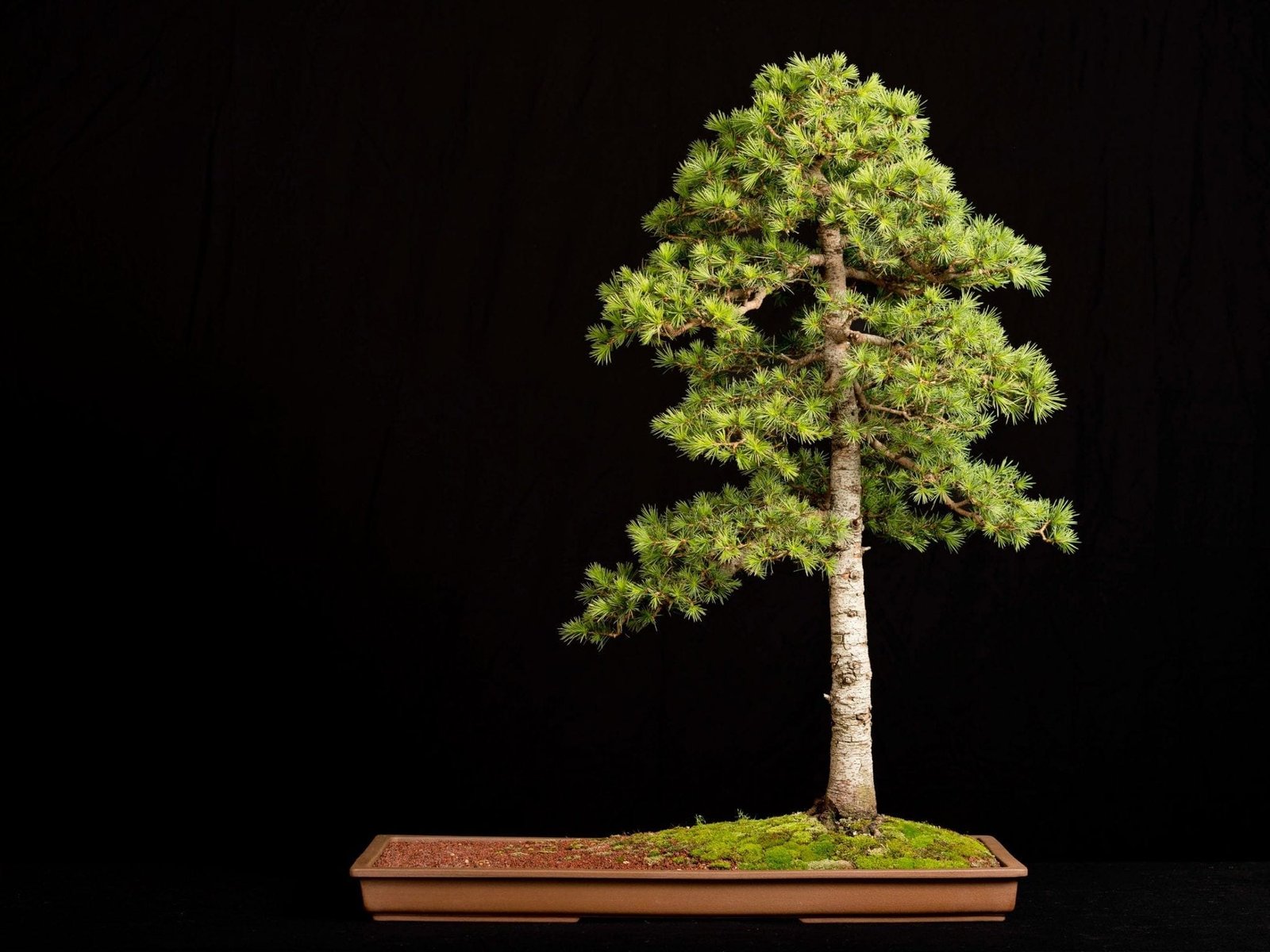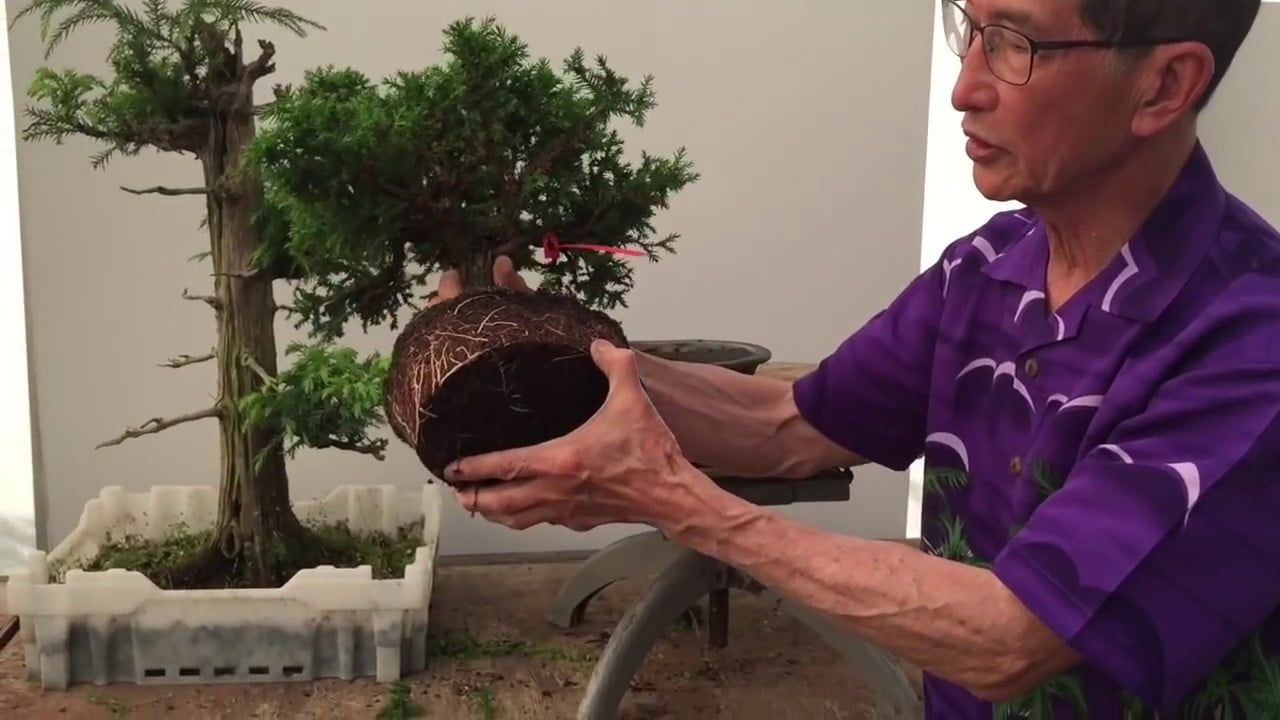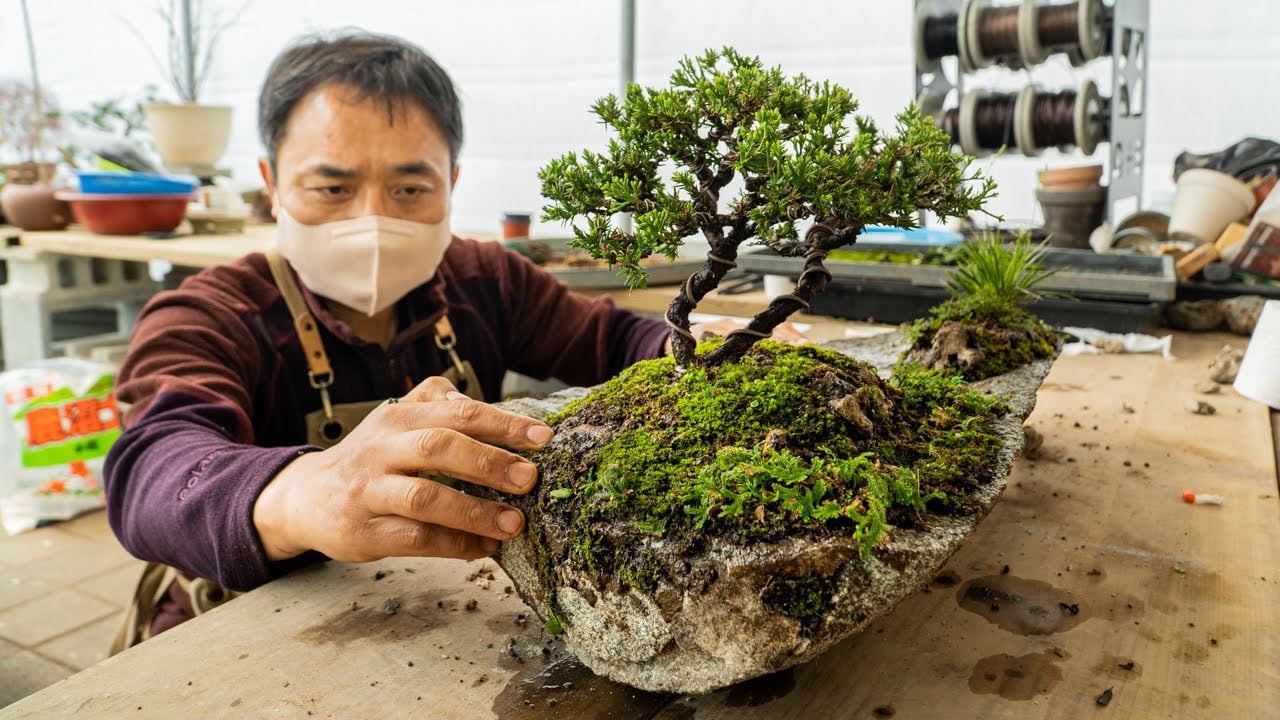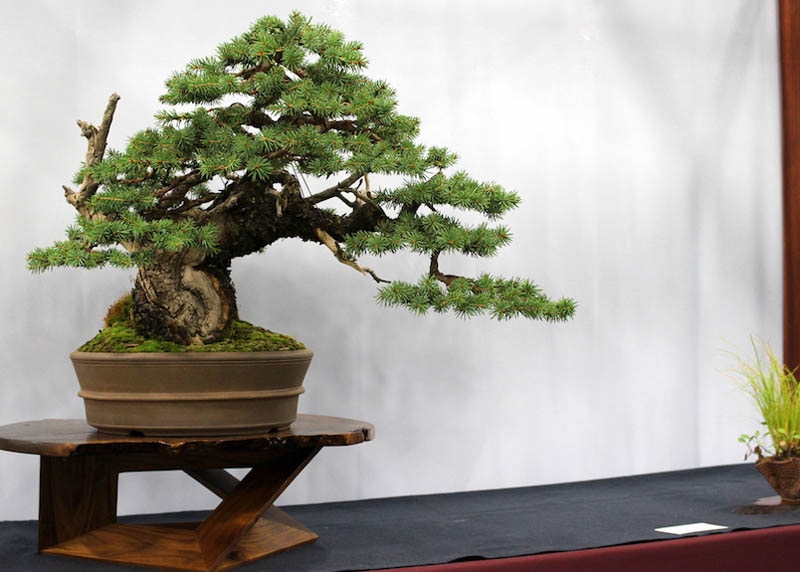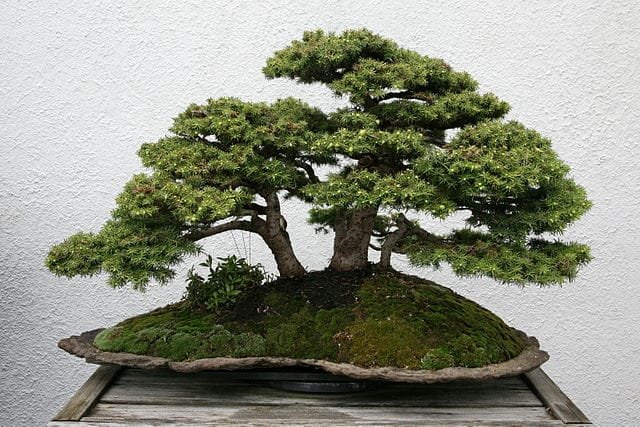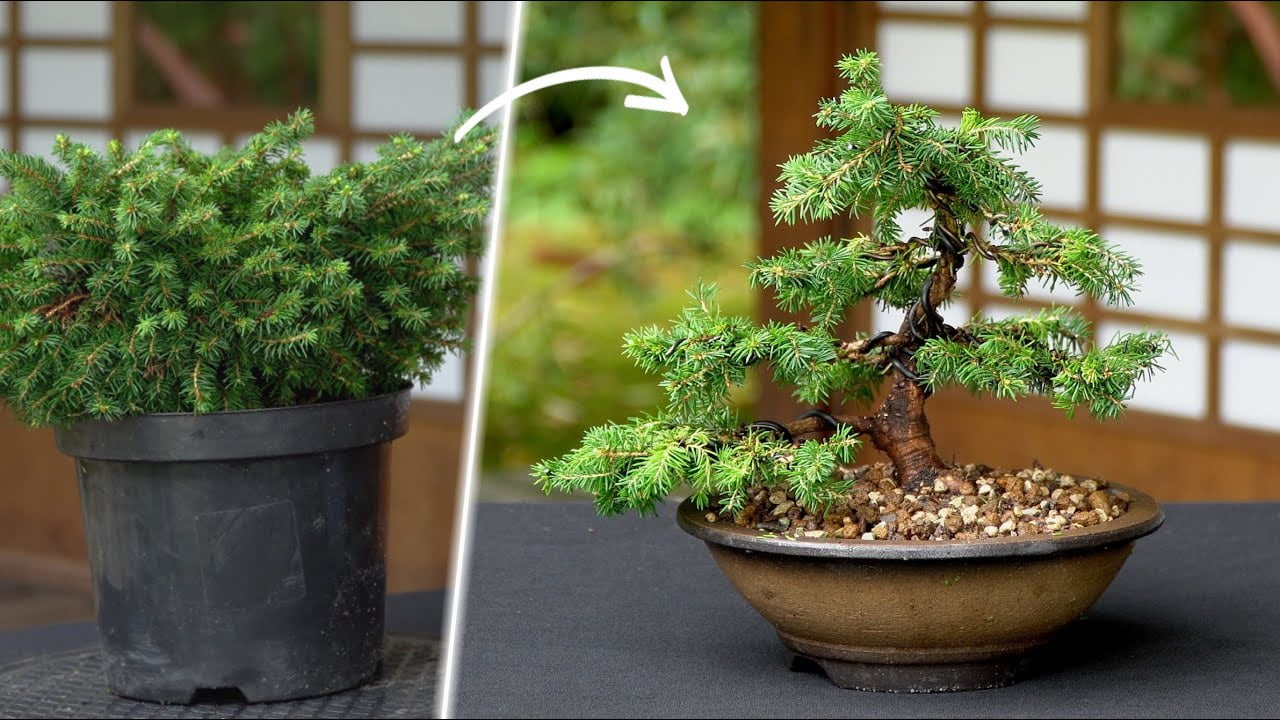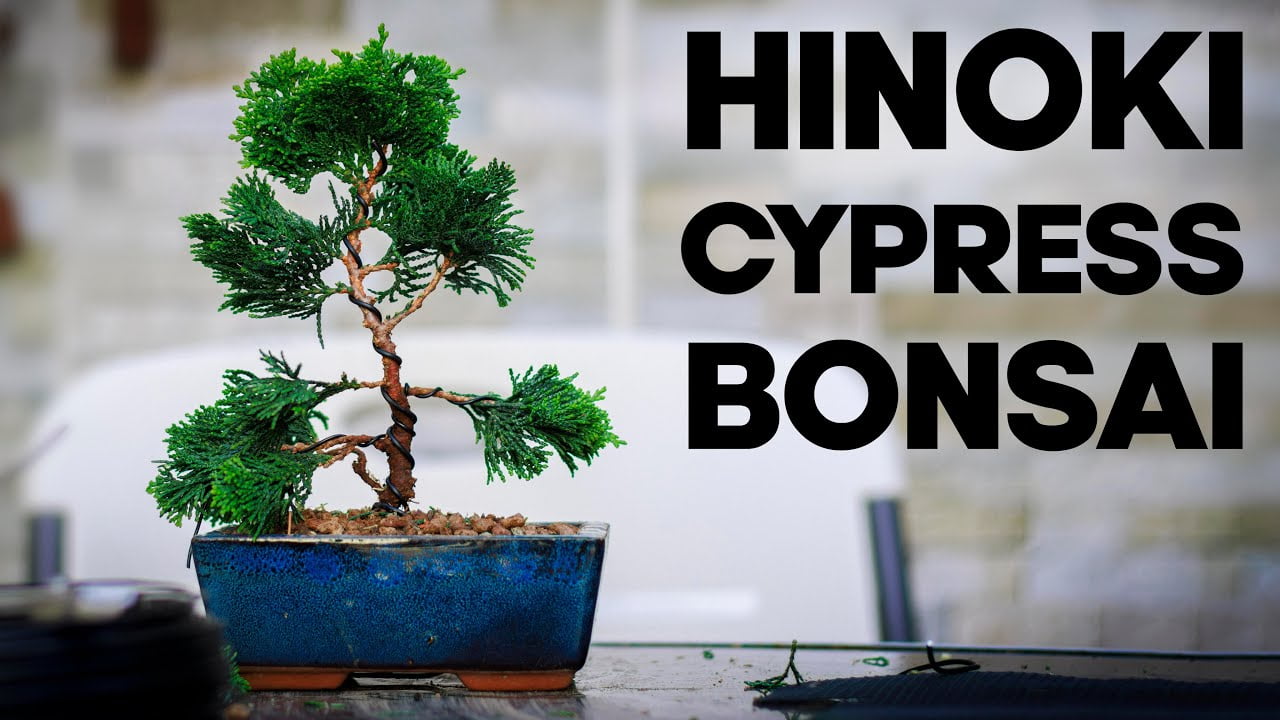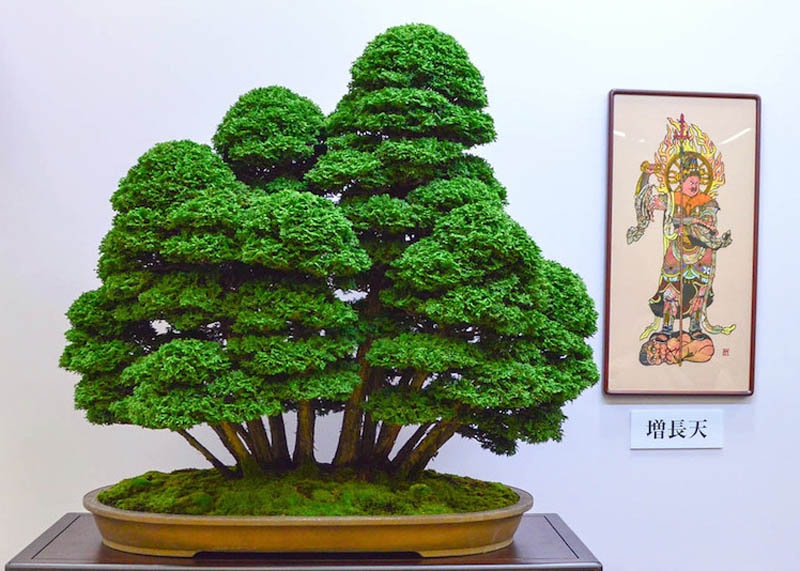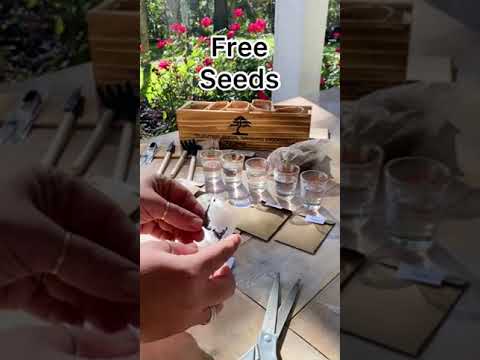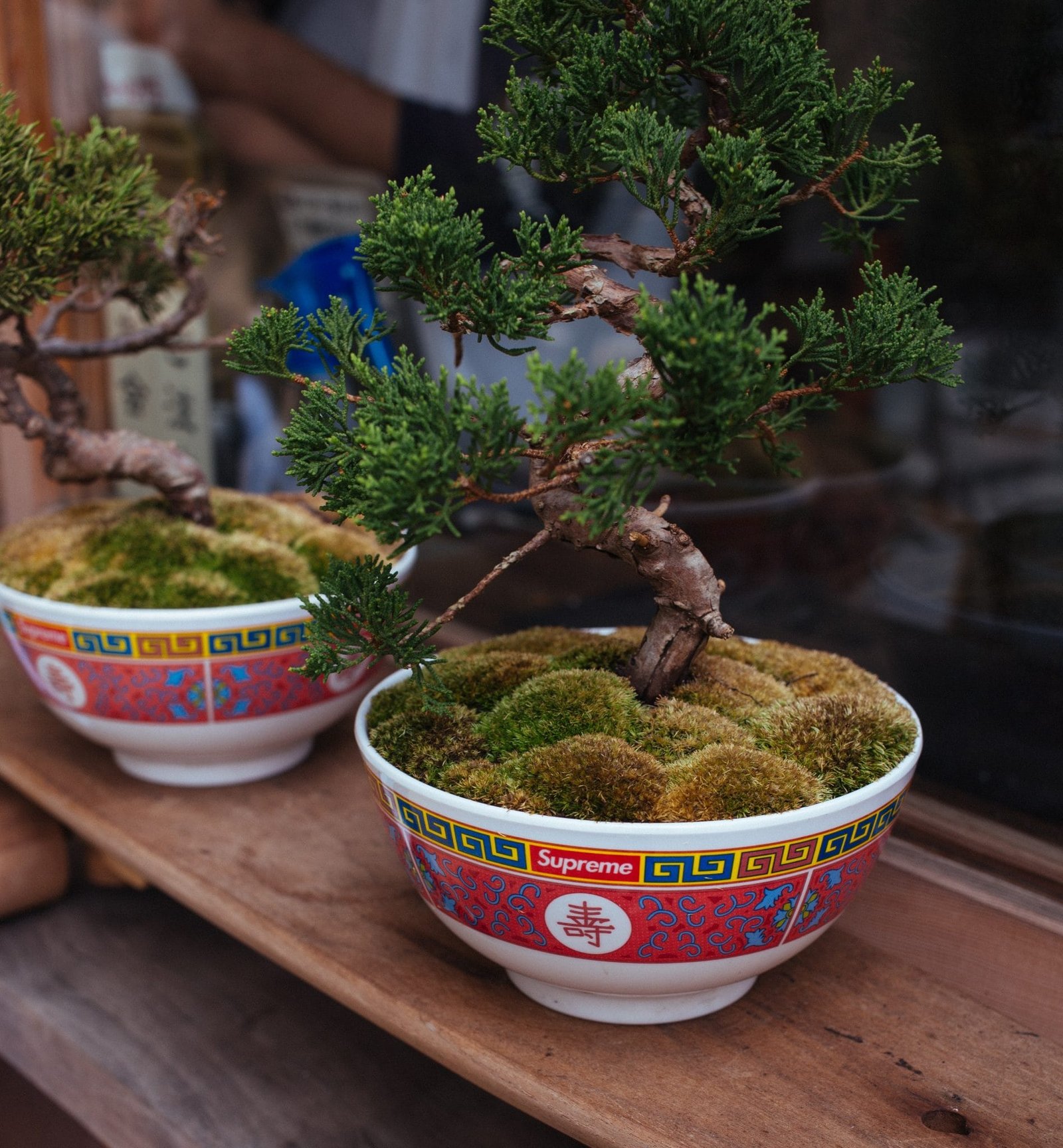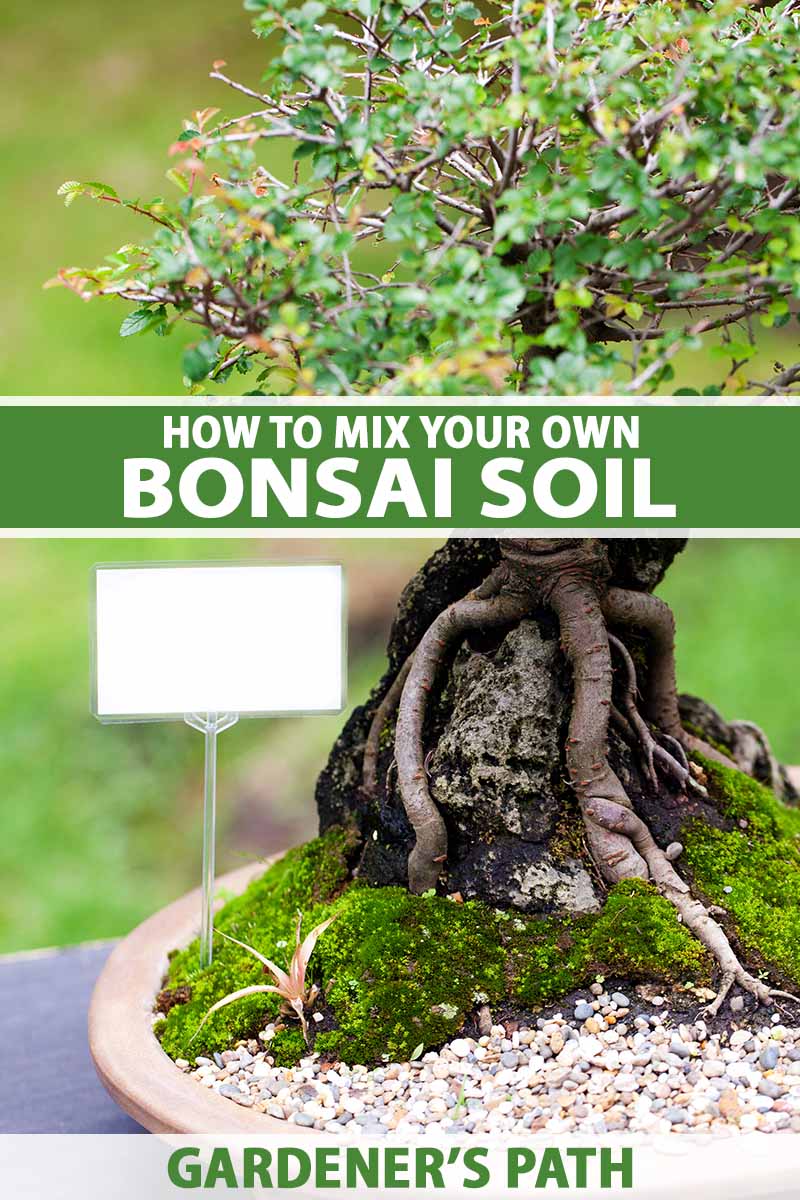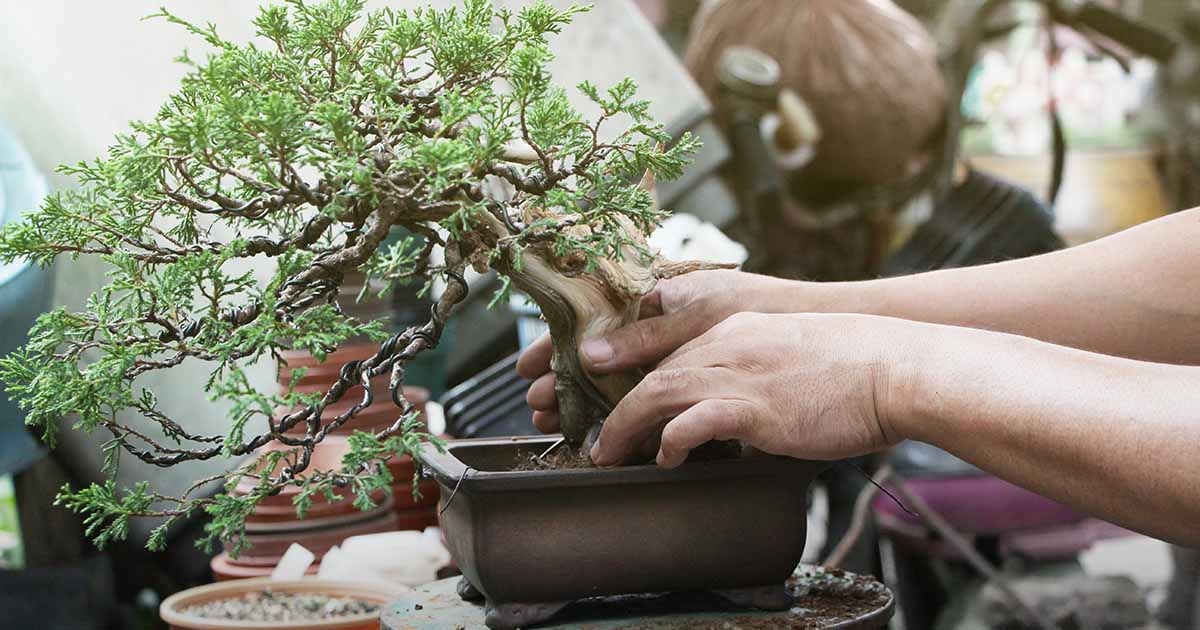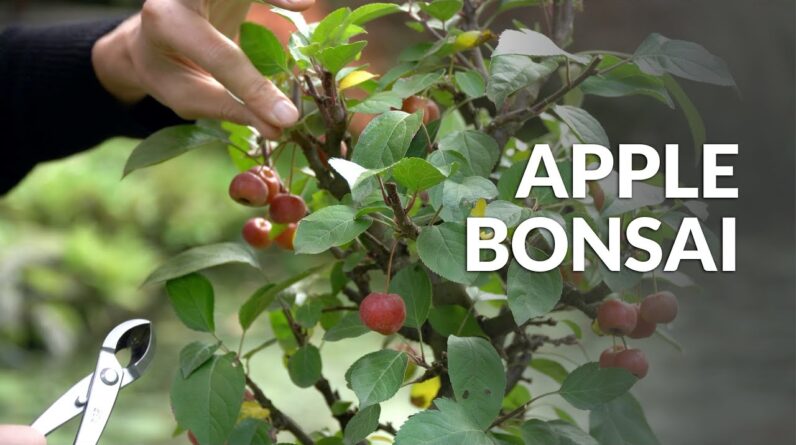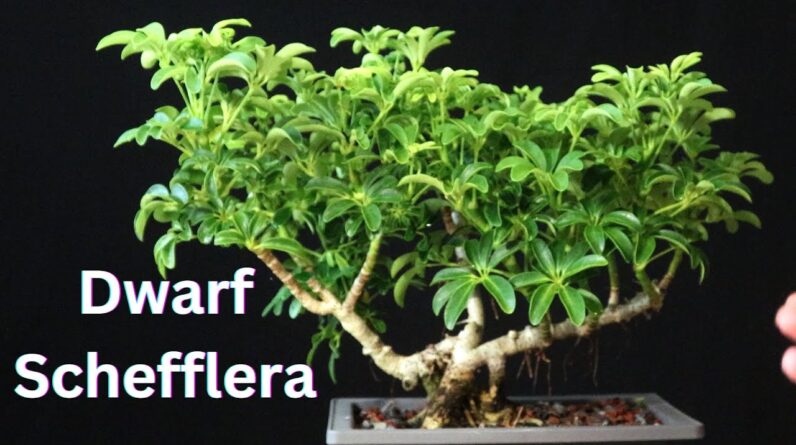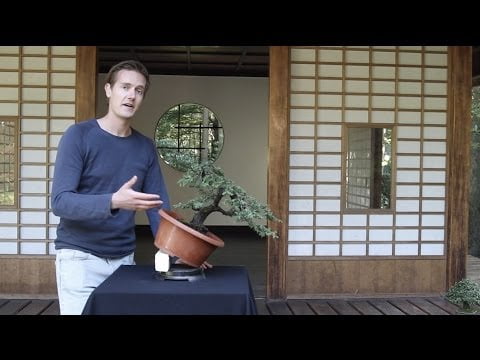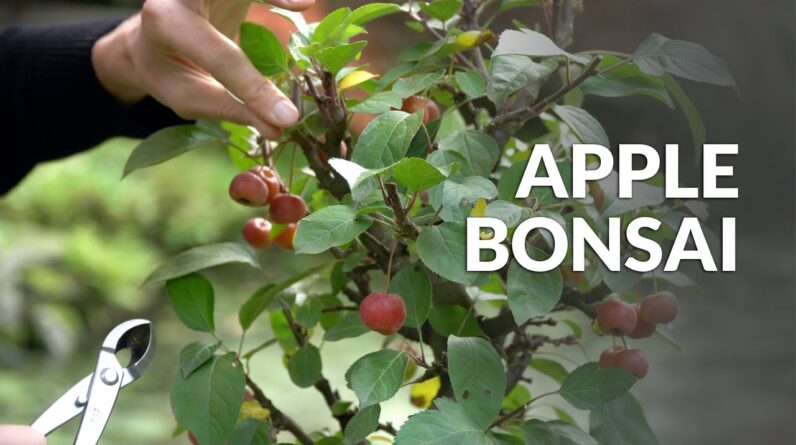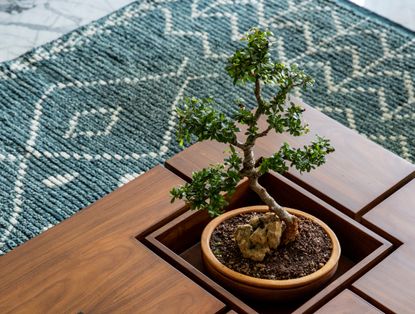How to care for a Japanese cedar bonsai tree with our comprehensive guide. From choosing the right tree to pruning and watering techniques, discover how to keep your bonsai healthy and vibrant. Whether you’re a beginner or have experience with bonsai, these tips and tricks will help you maintain a stunning piece of nature in your own home.
If you’ve ever marveled at the beauty of a Japanese cedar bonsai tree and are considering getting one of your own, you may be wondering how to properly care for this delicate and ornamental plant.
Bonsai trees are known for their intricate designs and artistic appeal, but they do require a certain level of attention and care to thrive. From choosing the right location to watering and pruning techniques, this article will guide you through the essentials of keeping your Japanese cedar bonsai tree healthy and flourishing.
Whether you’re a beginner or have some experience with bonsai care, these tips and tricks will help you maintain a stunning and vibrant bonsai tree that will bring a touch of Japan’s natural beauty into your own home.

Choosing the right Japanese cedar bonsai tree
When it comes to choosing a Japanese cedar bonsai tree, there are a few factors to consider. First and foremost, you should think about the size of the bonsai tree you want. Bonsai trees come in various sizes, ranging from miniatures that can fit in the palm of your hand to larger trees that can be tabletop displays or even stand on the floor as a statement piece. Consider the available space you have and the effect you want to create in your home or garden.
Next, you’ll need to decide whether you want an indoor or outdoor bonsai tree. Japanese cedar trees can thrive both indoors and outdoors, but it’s crucial to select the right environment for their specific needs. Indoor bonsais are suited for a controlled environment where they can be shielded from extreme weather conditions and fluctuations in temperature. On the other hand, outdoor bonsais require exposure to natural sunlight and the ability to experience the changing seasons.
Finally, choose a healthy tree when selecting your Japanese cedar bonsai. Look for vibrant green foliage, strong branches, and a well-formed trunk. Avoid trees with wilted leaves, brown patches, or signs of pests or diseases. Healthy trees are more likely to survive and thrive with proper care and maintenance.
Placement of the bonsai tree
Once you’ve acquired your Japanese cedar bonsai tree, it’s crucial to find a suitable location for it to thrive. Consider both the climate and the amount of sunlight your bonsai will receive in its chosen spot.
Japanese cedar bonsais prefer a cool climate with moderate temperatures. They can tolerate some heat, but extreme temperature changes should be avoided. Place your bonsai in a location where it won’t be exposed to drafts, sudden temperature shifts, or excessive heat from heaters or direct sunlight.
In terms of sunlight, Japanese cedar bonsais require a good balance. They need enough light to thrive, but too much direct sunlight can scorch their leaves. Find a spot where your bonsai will receive bright, indirect light for several hours a day. East or west-facing windows are often a good choice, as they provide the right amount of sunlight without the intensity of direct sunlight.
Watering the Japanese cedar bonsai tree
Watering is a critical aspect of caring for your Japanese cedar bonsai tree. Proper watering will help maintain the tree’s health and lush appearance. To determine the watering schedule, you’ll need to consider both the tree’s water requirements and the environmental conditions.
Start by checking the moisture level of the soil regularly. Insert your finger about an inch deep into the soil to assess if it feels dry. If the soil feels dry, it’s time to water your bonsai. However, if it still holds moisture, it’s best to wait a bit longer before watering again.
When watering, utilize the appropriate technique to ensure the water reaches the roots evenly. Pour water slowly and evenly over the entire surface of the soil, allowing it to soak in. Avoid excessive watering, as Japanese cedar bonsais don’t like to sit in waterlogged soil.
It’s essential to strike a balance between keeping the soil moist and preventing it from becoming saturated. Overwatering can lead to root rot and other issues, while under-watering can cause dehydration and stress for the tree. Observing the moisture levels and adjusting your watering frequency accordingly will help keep your bonsai in optimal health.
Pruning and shaping the bonsai tree
Pruning and shaping are integral parts of bonsai care, allowing you to create and maintain the desired aesthetic for your Japanese cedar bonsai tree. To execute these tasks effectively, it’s important to understand the various pruning methods.
When it comes to pruning, you’ll need to remove dead or damaged branches regularly. These branches not only detract from the tree’s overall appearance but can also harbor pests or diseases. Use clean and sharp bonsai clippers to make precise cuts just above the branch collar, ensuring a clean and healthy wound.
Shaping your bonsai tree requires the use of wire and clippers. Gently wrap bonsai wire around the branches to adjust their position and encourage them to grow in the desired direction. Be careful not to wrap the wire too tightly, as it can damage the branches. After new growth appears, remove the wire to avoid it cutting into the bark.
Regular pruning and shaping sessions will help maintain the form and structure of your Japanese cedar bonsai tree, creating a visually pleasing display.
:max_bytes(150000):strip_icc()/growing-cedar-bonsai-trees-5083015-hero-bf88a83a88b34a2093f6bca9c7f4bf90.jpg)
Disease and pest control
To keep your Japanese cedar bonsai tree healthy, it’s crucial to regularly inspect it for signs of disease and pests. Early detection and prompt action can prevent the spread of diseases and protect your tree from infestations.
Inspect the foliage, branches, and trunk for any discoloration, spots, or abnormal growth. Look for signs of pests such as aphids, spider mites, or scale insects. If you notice any issues, you should take appropriate measures to address them.
Treat diseases promptly by using suitable fungicides or other recommended treatments. These products are readily available at bonsai supply stores or nurseries. Follow the instructions carefully and apply the treatment as directed, taking care not to damage the tree in the process.
Preventing pests and insects infestation is crucial to your bonsai’s wellbeing. Regularly check nearby plants or other sources that could introduce pests to your bonsai. In some cases, introducing beneficial insects such as ladybugs can help control pests naturally.
Fertilizing the bonsai tree
Fertilizing is essential to provide the necessary nutrients for your Japanese cedar bonsai tree’s growth and overall health. Choosing the right fertilizer and following the recommended fertilizing schedule will help promote lush foliage and vigorous growth.
Select a well-balanced, slow-release bonsai fertilizer that is suitable for coniferous trees. These fertilizers typically have a balanced NPK (nitrogen, phosphorus, and potassium) ratio. Read the instructions on the fertilizer package to determine the correct application rate for your bonsai.
Follow the recommended fertilizing schedule, which usually involves applying fertilizer during the growing season. Typically, bonsais are fertilized every two to four weeks, with a reduced frequency during winter months.
When applying fertilizer, do so in moderation and avoid excessive use. Over-fertilizing can lead to burnt roots and damage the tree. Remember to water your bonsai immediately after fertilizing to prevent any potential for root damage.

Repotting the Japanese cedar bonsai tree
Repotting is a vital aspect of bonsai care, as it allows for root development and prevents the tree from becoming root-bound. Knowing when to repot, selecting the appropriate pot and soil, and pruning the roots during repotting are all important considerations.
Japanese cedar bonsais should be repotted around every two to three years. Signs that it’s time to repot include a dense mass of roots filling the pot, slow growth, or declining health. Spring is typically the best time for repotting, as it coincides with the tree’s active growth period.
Choose a pot that is slightly larger than the tree’s current one, ensuring it has proper drainage holes. Bonsai-specific soil or a well-draining soil mix that includes ingredients like Akadama, pumice, and lava rock is ideal for your bonsai’s root system.
During repotting, prune the tree’s roots to remove any overly long or tangled roots. This will encourage new growth and promote a healthy root system. Be cautious not to remove more than one-third of the roots to avoid stressing the tree excessively.
Winter care for the bonsai tree
Winter care is crucial for the survival of your Japanese cedar bonsai tree, as it protects it from freezing temperatures and ensures its overall health during the dormant period.
To shield your bonsai from freezing temperatures, place it in a sheltered location away from cold drafts and harsh winds. If the temperature drops below freezing, you may need to provide additional insulation, such as wrapping the pot with insulating material or placing the bonsai in an unheated garage or shed.
During winter, the bonsai’s growth slows down, and its water requirements decrease. Reduce the frequency of watering while ensuring the soil doesn’t completely dry out. Aim to keep the soil slightly moist but not overly saturated.
Though the sunlight is typically less intense during winter, it’s still important to provide adequate sunlight for your bonsai. Place it in a location that receives sufficient indirect sunlight during the day, maximizing the available light.

Maintaining the overall health of the bonsai tree
To maintain the overall health and well-being of your Japanese cedar bonsai tree, a few practices should be followed. Regularly monitor the tree for any signs of stress, diseases, or pests. This includes inspecting the foliage, branches, and trunk, as well as observing the overall growth and color of the tree.
Promote air circulation around the bonsai by ensuring that surrounding plants or objects do not obstruct airflow. Good air circulation helps prevent the development of fungal diseases and encourages healthier growth.
While Japanese cedar bonsais need sunlight to thrive, excessive exposure to direct sunlight can lead to leaf burn and damage. Adjust the position of the bonsai or provide some shade during the peak hours of intense sunlight to protect the leaves.
Seeking guidance from bonsai experts
If you’re new to bonsai care or want to expand your knowledge and skills, seeking guidance from bonsai experts can be incredibly valuable. Joining bonsai clubs or communities allows you to connect with fellow enthusiasts who have experience and can offer advice and support.
Attending workshops and seminars conducted by bonsai experts provides hands-on learning opportunities and a deeper understanding of bonsai techniques and practices. These events often cover a wide range of topics, including styling, care techniques, and specific species guidance.
Consulting experienced bonsai growers can also be immensely helpful, especially if you encounter specific challenges or have questions about your Japanese cedar bonsai. Many bonsai growers are eager to share their knowledge and offer guidance to fellow enthusiasts.
By seeking guidance from bonsai experts and engaging with the bonsai community, you’ll gain valuable insights and support on your journey to becoming a successful bonsai caretaker.
Caring for a Japanese cedar bonsai tree is a rewarding and fulfilling experience. With proper care and attention to its specific needs, your bonsai will flourish and bring beauty to your home or garden for years to come. Remember to consider the size of the tree, its placement, watering schedule, pruning and shaping techniques, disease and pest control, fertilizing, repotting, winter care, overall maintenance, and seek guidance when needed. Enjoy the art of bonsai and the wonder of your Japanese cedar bonsai tree.
